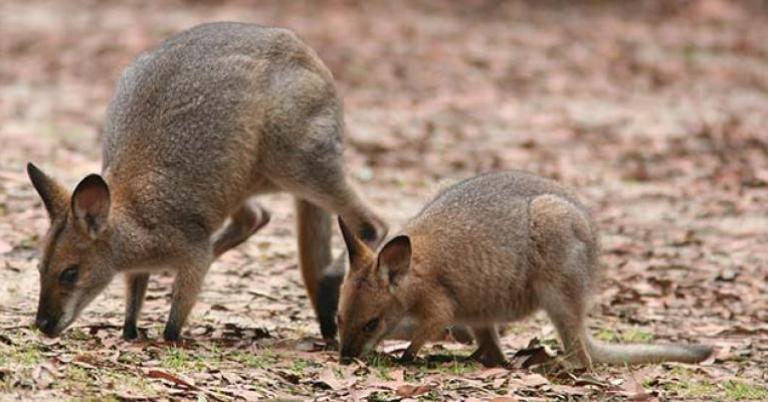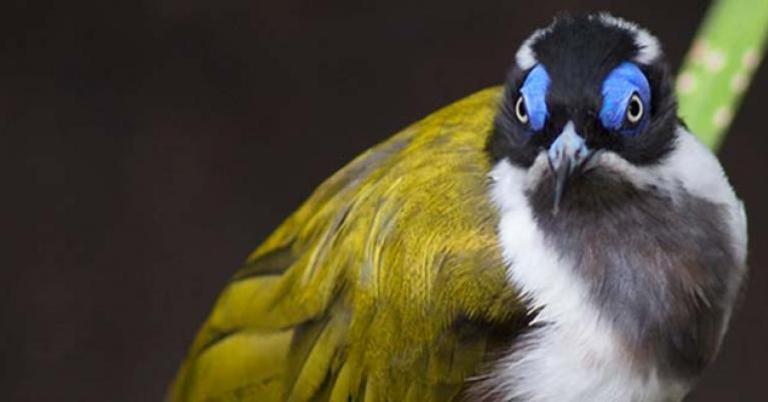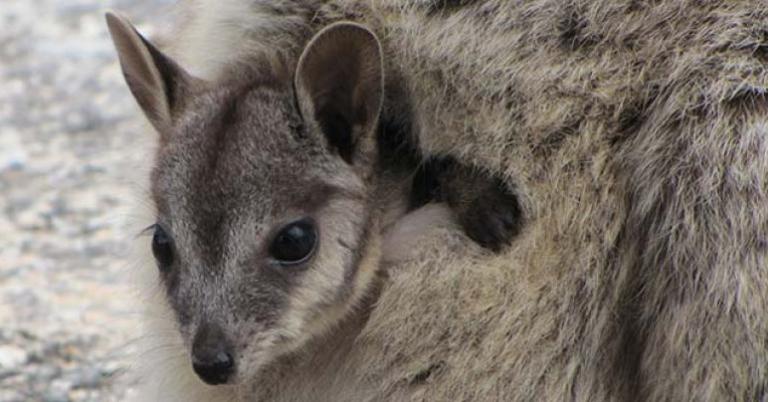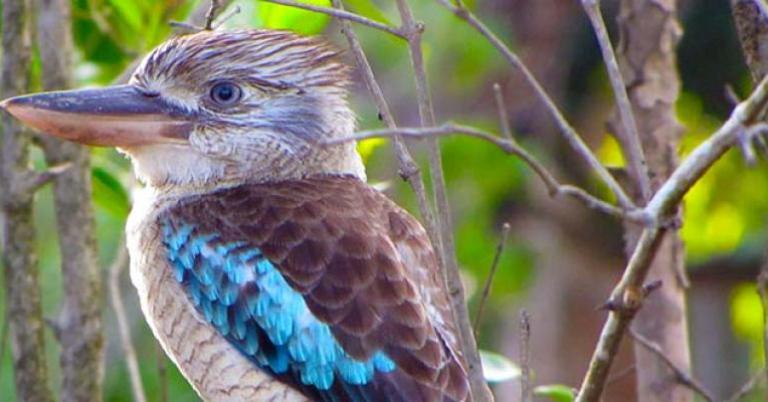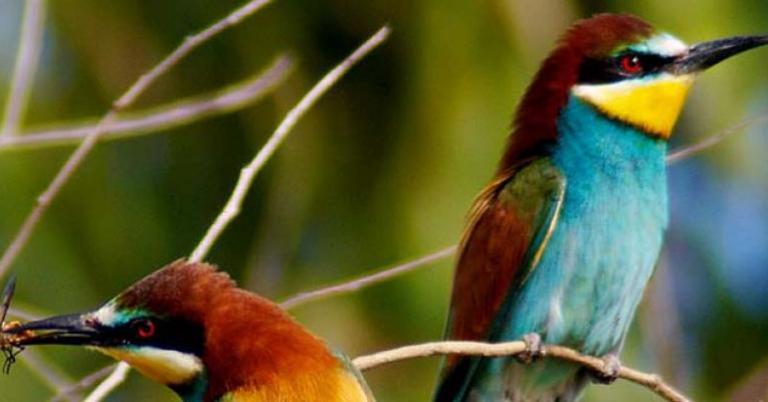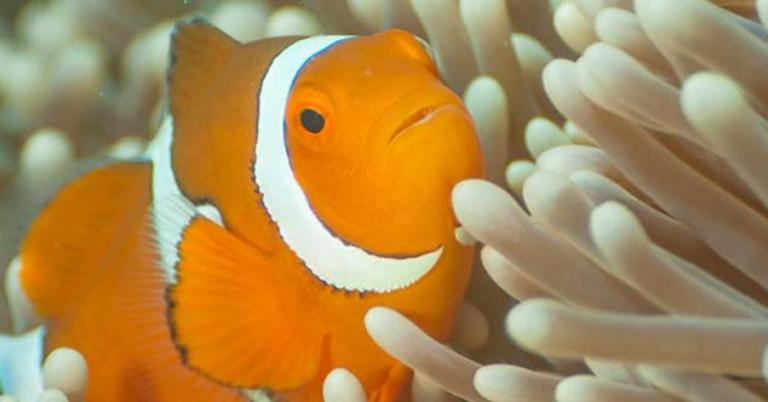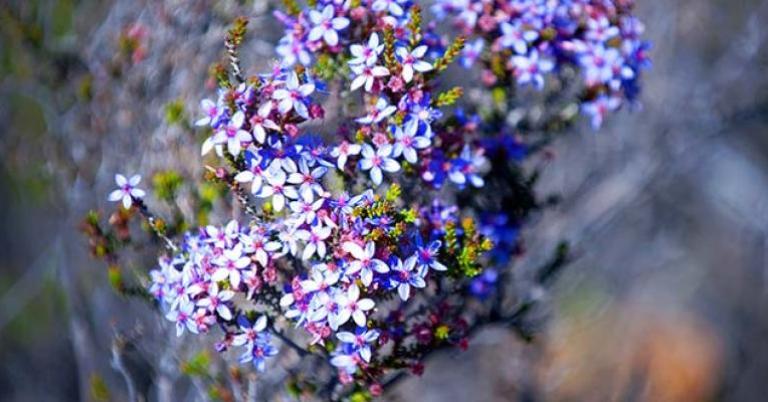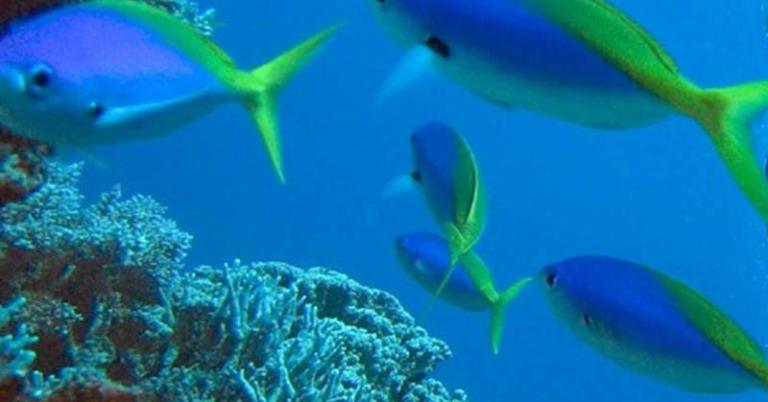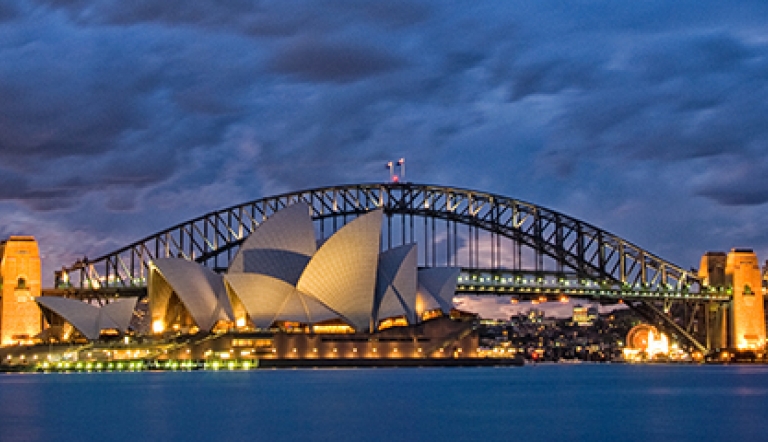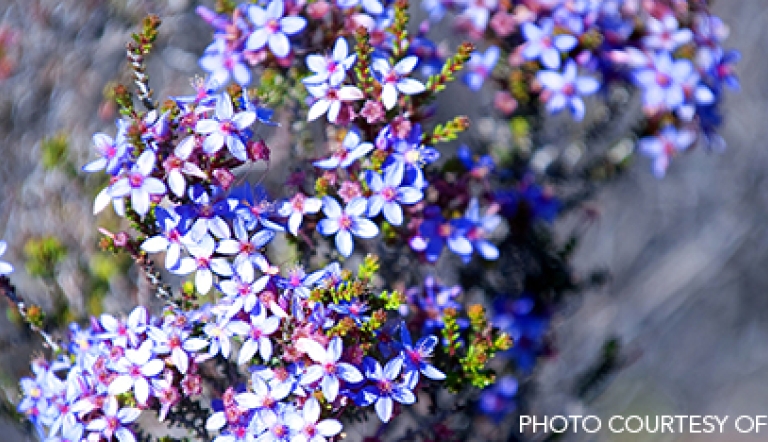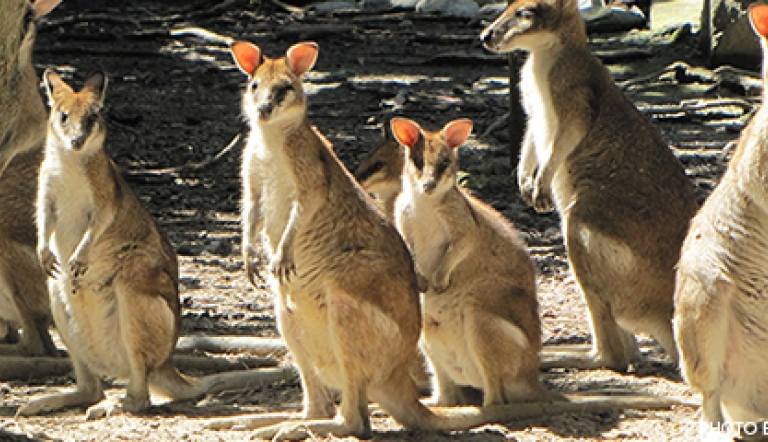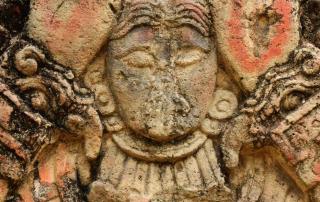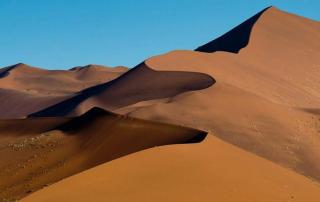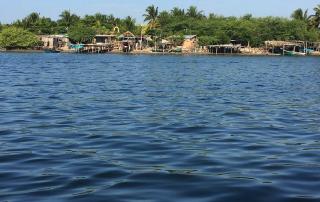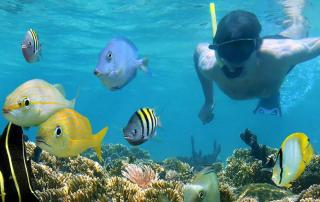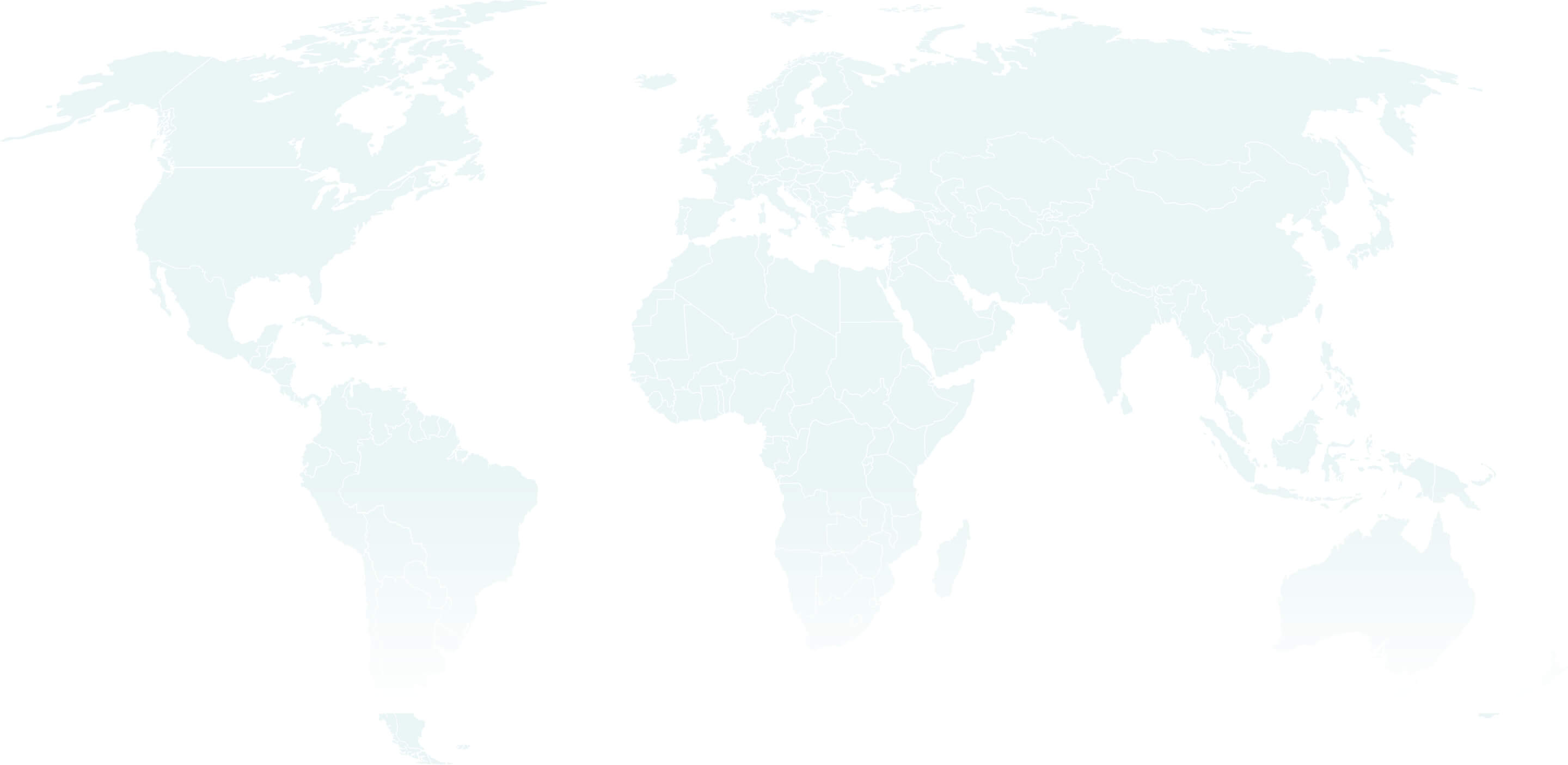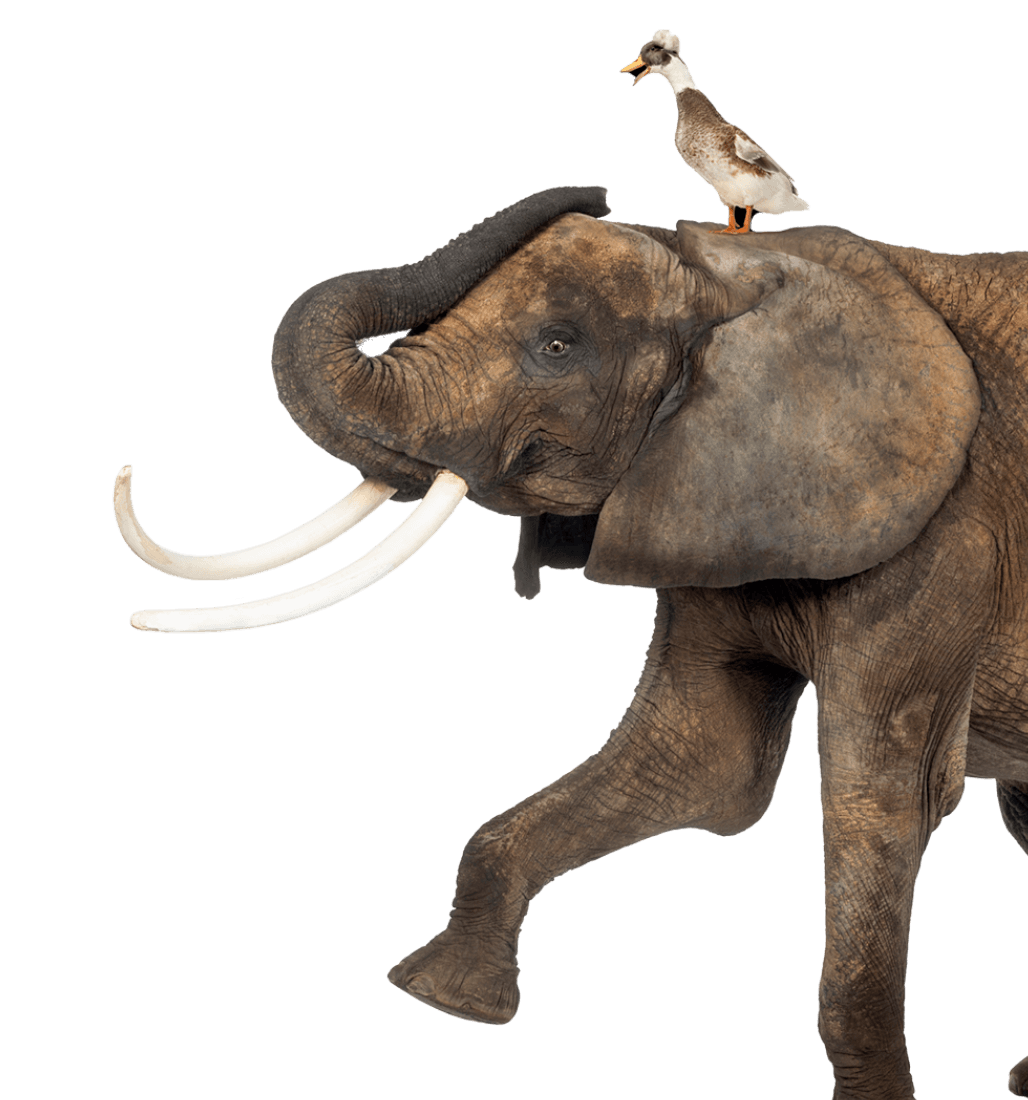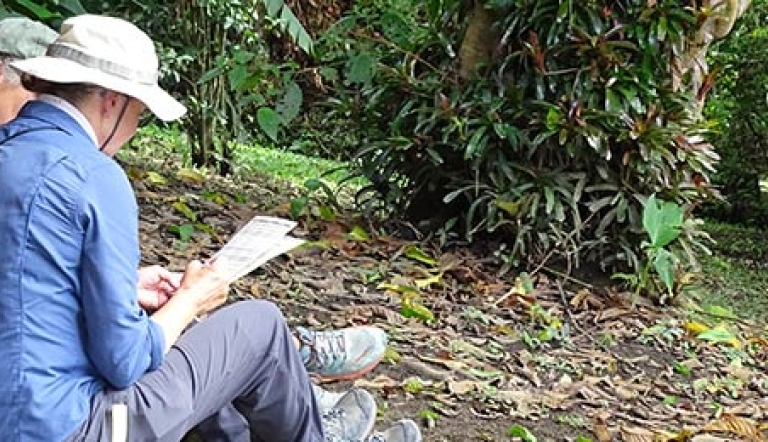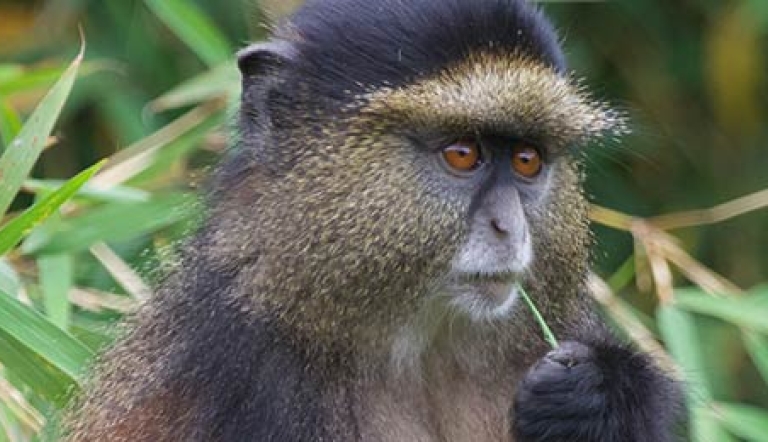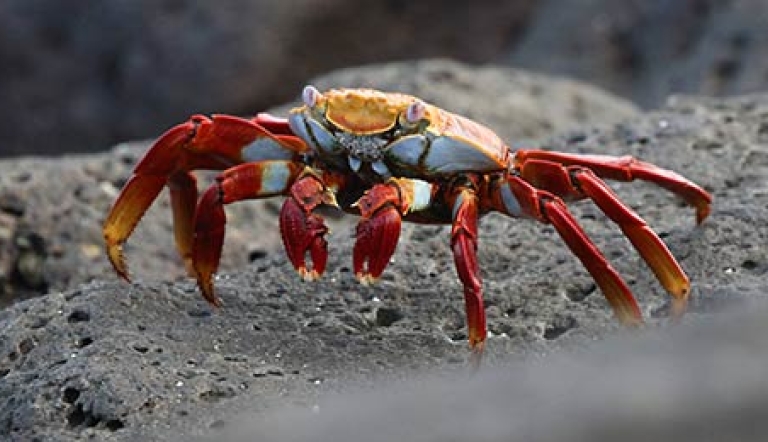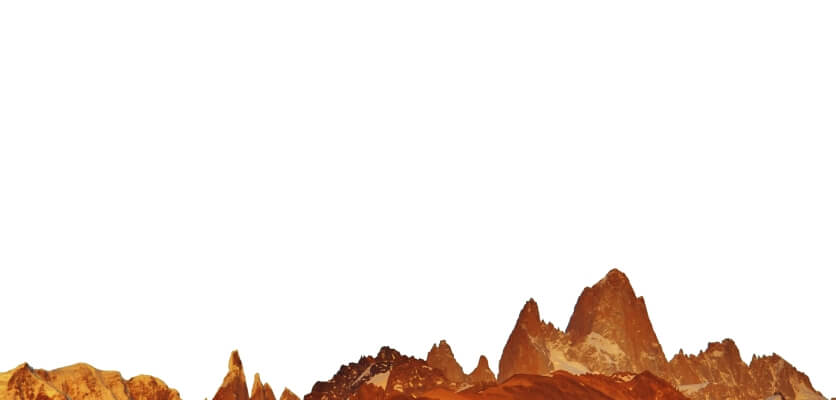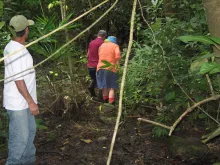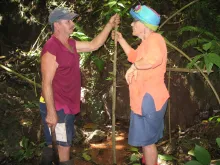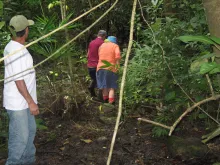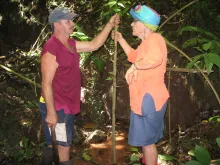Snorkel the Great Barrier Reef and swim among the vibrant sea life that inhabits the waters of the world’s largest coral reef or journey to the world’s oldest tropical rainforest, the Daintree, to hike among 135-million-year-old vegetation and observe the hundreds of species that dwell in the jungle.
Australia offers an array of outdoor activities, whether it’s sailing around uninhabited islands or hiking through South Australia on the Heysen Trail. Australia’s Red Centre is a classic desert outback rich with traditional Aboriginal culture and history. With all of the diversity that Australia has to offer travelers are likely to witness several of the continent’s native species. Common wildlife includes koalas, wombats, kangaroos, and Tasmanian Devils. Birding in Australia holds the potential for spotting some of the country’s more than 800 species of avifauna, including Kookaburra, Fairy Penguin, and 55 types of parrots. When snorkeling around Australia’s coast, be on the lookout for a variety of marine life ranging from clown fish to whale sharks. When traveling with Holbrook, visitors will explore the natural beauty and incredible biodiversity of Australia, leaving with a memorable experience of the land down under.
Geography
The Australian environment is unique. Home to an amazing 16 World Heritage listed natural areas including unspoiled beaches, tropical rainforest, rugged snowy mountain ranges, and endless tracts of desert; Australia is as diverse as it is vast. Abundant wildlife is found across a mosaic of habitats including lowland, upland, and highland rainforests, tall wet sclerophyll forests, dry sclerophyll forests, savannah and savannah woodlands, freshwater wetlands and billabongs, arable and pasture lands, riparian mangroves, mudflats, the intertidal zone, and the Great Barrier Reef. The Daintree Rainforest, the largest continuous area of tropical rainforest on the continent, includes magnificent scenery, mountain ranges, streams, waterfalls, and deep gorges. At the heart of the continent, eons of sun and rain have sculpted an ancient, arid landscape: the Outback.
Marine Life
Australia’s vast coastline gives it an unparalleled array of aquatic treasures. The Great Barrier Reef provides incomparable vistas of multicolored coral, sponges and varieties of seaweed. The reef is the biggest World Heritage area and the planet’s largest living thing. About half the size of Texas, the reef is home to creatures ranging from tiny burrowing sea-worms to tiger sharks weighing more than a ton, as well as dolphins, dugongs, whales, turtles, ponderous potato cod, moray eels, and humphead Maori wrasse.
Flora
Isolation and a harsh environment have resulted in a unique Australian flora. Over the immensity of the land there are many varieties of habitat, including, tropical rainforest, temperate rainforest, sclerophyllous forests (Schlerophylls are plants which have adapted leathery, hard or spiny leaves) and woodlands (wet and dry), mulga scrub, savanna and steppe, alpine grasslands, and deserts.
In all these areas, with the exception of the rainforests, the omnipresent tree is the eucalypt.
With over 500 species, it is the most common tree in the country. Its species dominate the forests and woodlands of the better-watered regions of Australia, while vast areas of the drier country, particularly to the south, are covered by eucalypt mallee scrubs.
Fauna
Australia’s very distinctive fauna includes almost 900 species of birds, 4,500 species of fish (90% of which are endemic), 230 species of frogs (93% of which are endemic), 860 species of reptiles, 379 species of mammals, and 2 species of crocodile. The platypus, echidna, koalas, wombats, and more than 50 species of kangaroo are among the many unique animals that evolved during the 55 million years that the continent has been isolated from other landmasses. Isolation also allowed for the evolution of exotic birds. As numerous as they are colorful, they range from the tiny Weebills to huge, flightless Emus.
Entry & Exit Requirements
U.S. and Canadian citizens must have a valid passport to enter Australia.
A visa is required entry into Australia. Most U.S. passport holders can obtain an Electronic Travel Authority (ETC) for a service fee. For more details, visit www.eta.immi.gov.au/ETAS3/etas/.
If you are not traveling with a U.S. passport, please check with the Australian Embassy for the requirements based on your nationality.
Health Information
IMMUNIZATIONS
The Centers for Disease Control recommends that all travelers be up to date on routine vaccinations such as measles-mumps-rubella (MMR) vaccine, diphtheria-pertussis-tetanus vaccine, varicella (chicken pox) vaccine, and your yearly flu shot before every trip.
There are no vaccinations required for entry into Australia.
Please consult your physician for additional information and recommendations based on your individual circumstances.
SUN EXPOSURE
The effects of the sun can be damaging to the eyes and skin. Spending time outdoors exposes you to the sun’s harmful ultraviolet (UV) rays, even on cloudy days. To protect yourself from the sun, use a broad spectrum sunscreen of at least SPF 15, protect skin with clothing, wear a wide-brimmed hat and sunglasses, and drink plenty of fluids.
Currency
The currency of Australia is the Australian Dollar. Notes come in $100, $50, $20, $0, and $5 denominations. Coins come in $2, $1, 50c, 20c, 10c, and 5c denominations. Prices are rounded to the nearest 5c.
Electricity
The electrical current in Australia is 220-240V 50Hz AC. Travelers from the United States need to use a converter.
Time Zone
There are several different time zones in Australia.
Queensland and New South Wales (Cairns, Canberra, Tasmania, Sydney, and Victoria): UTC+10:00
Northern Territory and South Australia (Adelaide, Darwin, Alice Springs, and Ayers Rock): UTC+09:30
Western Australia (Perth, Broome, and Albany: UTC+08:00
Daylight Saving Time is observed in South Australia, New South Wales, Victoria, and Tasmania. Daylight Saving Time is not observed in Western Australia, Queensland, or in the Northern Territory.
Departures and arrivals on flight schedules are listed in the local time.
Communications
PHONES
Australia’s country code is +61.
To call Australia (from the U.S.): Dial 011-61-(xx-xxx-xxxx)
To call the United States: Dial 001-(xxx-xxx-xxxx)
Please check with your cell phone provider if you’re unsure whether or not your cell phone will work internationally. Be aware that you are likely to incur additional charges for international use.
INTERNET
Internet access is widely available at cafes, hotels, and libraries. Free WiFi hotspots are common.
Reading List
FIELD GUIDES
Australia: The East, Travellers' Wildlife Guides
Les Beletsky
Featuring 650 full-color illustrations of common fish, reptiles, amphibians, mammals and birds of Australia and an overview of parks and preserves including the Great Barrier Reef.
Australian Birds
Pocket Naturalist
A laminated card featuring commonly encountered Australian birds.
Australian Wildlife
Raymond Leung & James Kavanaugh
This handy fold-out guide features illustrations of almost 150 species of Australian animals. Laminated and pocket-sized, it easily slips into your daypack.
Birds of Australia, A Photographic Guide
Iain Campbell
This full-color guide profiles all 714 species of Australian birds. Its 1,100 photos are accompanied by maps, habitat profiles and descriptions of the birds' sizes, plumages, distributions, behaviors and voices.
Field Guide to the Birds of Australia
Ken Simpson & Nicholas Day
A handbook and field guide to Australia's birds with 2,000 vivid color illustrations, each accompanied by a brief description and revised range map.
Field Guide to the Mammals of Australia
Peter Menkhorst & Frank Knight
A comprehensive guide to 376 species (kangaroos, bandicoots, koalas, wombats and more), featuring 376 full color illustrations.
Fishwatcher's Field Guide, Great Barrier Reef
Idaz Greenberg
A double-sided, laminated card covering the reef fish of Australia, Papua New Guinea and the tropical Pacific.
Reef Fishes of the Indo-Pacific
Matthias Bergbauer
A handy field guide to over 800 species of reef fish common to the Indo-Pacific. In beautiful John Beaufoy style, the guide's colorful and high-quality photographs are accompanied by detailed information on identifying features, size, biology and distribution.
MAPS
Australia Map
ITMB
A handy, folded map at a scale of 1:3,500,000.
GUIDEBOOKS
Eyewitness Guide Australia
Eyewitness Guides
Featuring hundreds of innovative maps, color photographs and choice recommendations for excursions and sightseeing.
Culture Smart! Australia
Barry Penney
A concise, no-nonsense guide to local customs, etiquette and culture with a short overview of the land and people along with practical travel advice.
Eyewitness Guide Sydney
Eyewitness Guides
This superb guide to Sydney features color photography, dozens of excellent neighborhood maps and a district-by-district synopsis of the city's attractions.
Fodor's 25 Best Melbourne
Fodor's
This shirt-pocket guide, with an excellent map of the city, includes a choice selection of attractions, shops and restaurants, ideal for a short visit.
NATURAL HISTORY
Bradt Australian Wildlife
Stella Martin
A guide not just to kangaroo and koala, this compact, illustrated survey, featuring 250 color photographs, takes in habitats, parks and conservation, marsupials, birds and bats.
Chasing Kangaroos
Tim Flannery
In this ode to the kangaroo, Flannery weaves his own coming of age as a scientist with tales of the strange marsupial, past and present.
The Snorkeller's Guide to the Coral Reef, From the Red Sea to the Pacific Ocean
Paddy Ryan
This take-along guide covers coral reefs, fish, invertebrates and plants of the Indo-Pacific and includes 200 color photographs.
HISTORY & CULTURE
Aboriginal Australians
Stephen Muecke
A lively shirt-pocket encyclopedia, illustrating the culture, history and art of the Aborigines.
A Commonwealth of Thieves, The Improbable Birth of Australia
Thomas Keneally
Keneally illuminates the birth of New South Wales with drama and flair, richly evoking the social conditions in London, long sea voyage and the conditions in Australia.
First Footprints, The Epic Story of the First Australians
Scott Cane
In tandem with an ABC documentary of the same name, anthropologist Scott Cane produced this informative history to expose a long list of Aboriginal "firsts." The native tribes, he writes, were not only the first humans in Australia, they were the first oceanic mariners and may claim the first art galleries.
The Reef, A Passionate History
Iain McCalman
McCalman, a historian at the University of Sydney, brings to life the explorers and scientists, beachcombers, divers, indigenous peoples and castaways who first experienced the Great Barrier Reef.
The Songlines
Bruce Chatwin
Rory Stewart provides the introduction to this 25th anniversary edition of Bruce Chatwin's celebrated travelogue. Chatwin transforms a journey through the Outback into an exhilarating, semi-fictional meditation on our place in the world.
Aboriginal Art
Wally Caruana
This well-illustrated survey focuses on the spiritual and geographic sources of art and ritual traditions in Australia. With 187 well produced black-and-white and color illustrations.
Australia
Thomas Keneally
This epic history of Australian art begins with early aboriginal paintings from the 1800s and leads up to contemporary works by modern artists, exploring the inescapable link between the dramatic landscapes and the art scene.
Inside Tracks
Robyn Davidson
The astounding story of Robyn Davidson, as captured by National Geographic photographer Rick Smolan. Davidson spent an entire year crossing the Outback with a dog and four camels to keep her company.
The Road from Coorain
Jill Ker Conway
An absorbing account of a young rural girl's coming of age in post-war Sydney. Conway paints a vivid picture of isolation and beauty -- and of the challenges of a bright, ambitious woman growing up Australian.
Australia, A Traveler's Literary Companion
Robert Ross
Arranged geographically, this collection of works by mostly local writers, including Patrick White, Peter Carey and other luminaries, introduces the cultures, geography and mindset of Australia.
